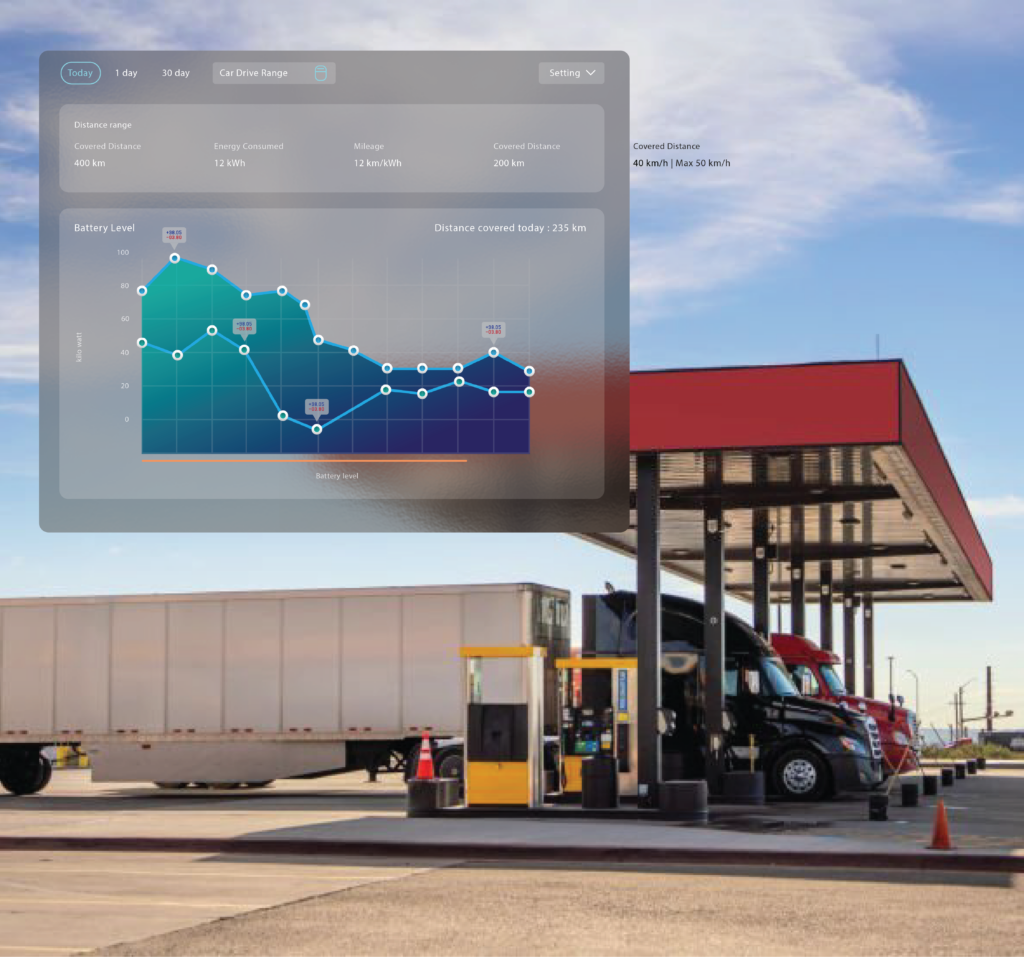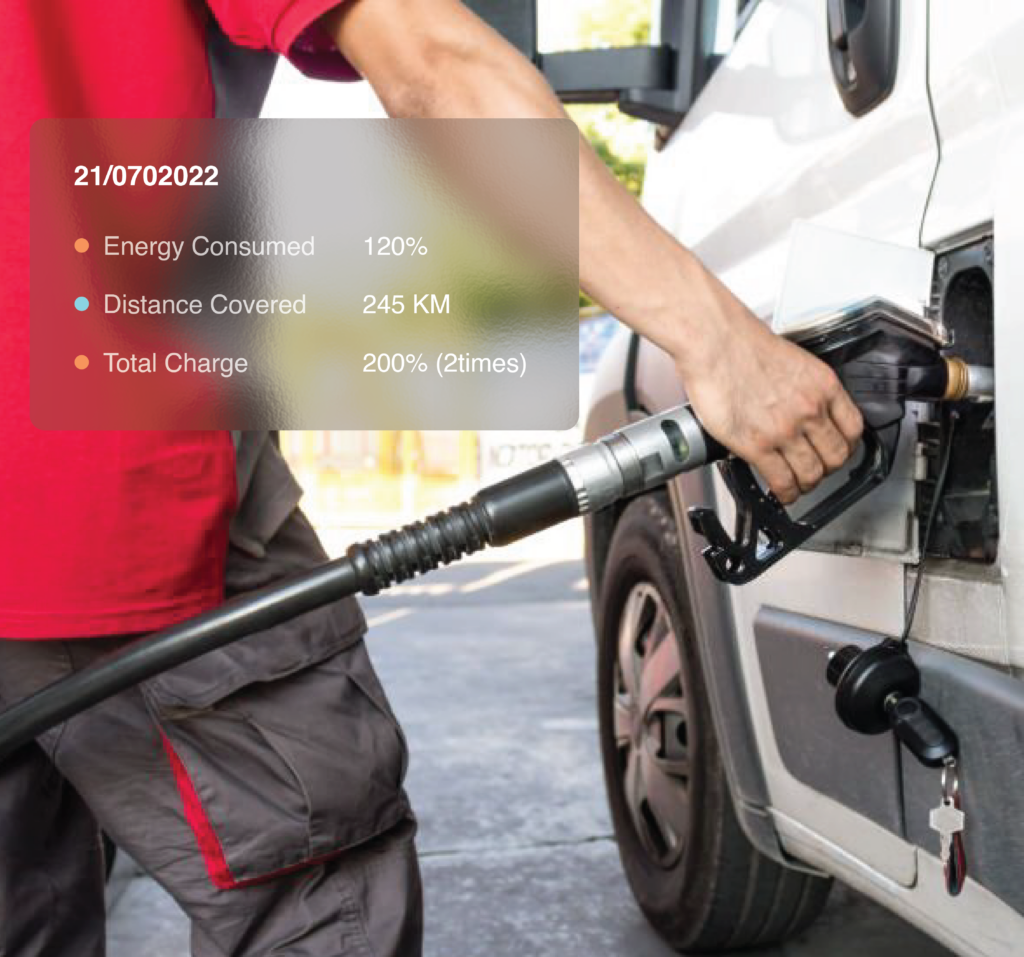In an era where environmental sustainability is paramount, businesses are increasingly turning to electric vehicles (EVs) as a means to reduce their carbon footprint and contribute to a cleaner planet. However, the transition to electric fleets involves more than just swapping out gasoline-powered vehicles for electric ones. Sustainable fleet management encompasses a holistic approach that considers not only the vehicles themselves but also the infrastructure, operations, and maintenance practices. In this blog, we’ll explore the importance of sustainable fleet management for electric vehicles and assets, along with strategies to effectively implement it.

Understanding Sustainable Fleet Management
Sustainable fleet management involves optimizing the use of resources, minimizing environmental impact, and maximizing efficiency throughout the lifecycle of a fleet. For electric vehicles, this includes the responsible sourcing of materials, energy-efficient manufacturing processes, reducing emissions during operation, and implementing proper disposal and recycling practices at the end of a vehicle’s life.
The Benefits of Electric Fleets
Electric vehicles offer numerous benefits over traditional gasoline-powered vehicles, including:
- Reduced Emissions: EVs produce zero tailpipe emissions, leading to cleaner air and lower greenhouse gas emissions.
- Lower Operating Costs: Electric vehicles have lower fuel and maintenance costs compared to internal combustion engine vehicles, resulting in long-term savings for fleet operators.
- Energy Independence: By utilizing renewable energy sources to charge EVs, fleet operators can reduce dependence on fossil fuels and contribute to a more sustainable energy ecosystem.
- Enhanced Corporate Image: Adopting electric vehicles demonstrates a commitment to environmental responsibility, which can improve brand reputation and attract environmentally conscious customers.
Key Strategies for Sustainable Fleet Management
1. Fleet Electrification Planning
Transitioning to electric vehicles requires careful planning to ensure a smooth and successful implementation. This includes assessing the feasibility of electrifying the fleet, identifying suitable vehicle models, evaluating charging infrastructure needs, and developing a phased transition strategy.
2. Charging Infrastructure Development
Investing in charging infrastructure is crucial for supporting electric fleets. Fleet managers should strategically deploy charging stations at depots, workplaces, and other key locations to ensure convenient access for drivers. Additionally, integrating smart charging technology can optimize energy use, minimize costs, and reduce grid impact.
3. Driver Training and Engagement
Educating drivers about the benefits of electric vehicles and providing training on efficient driving techniques can help maximize range and extend battery life. Encouraging driver engagement through incentives, feedback mechanisms, and gamification can further promote sustainable driving behaviors.
4. Energy Management and Optimization
Implementing energy management systems enables fleet operators to monitor energy consumption, identify inefficiencies, and optimize charging schedules to minimize peak demand and reduce energy costs. Integrating renewable energy sources, such as solar panels or wind turbines, can also offset charging-related emissions and enhance sustainability.
5. Lifecycle Analysis and Asset Management
Conducting lifecycle assessments allows fleet managers to evaluate the environmental impact of electric vehicles throughout their entire lifespan, from production to disposal. By prioritizing vehicle longevity, efficient maintenance practices, and responsible recycling of components, fleet operators can minimize waste and resource consumption.
6. Collaborative Partnerships
Collaborating with stakeholders such as government agencies, utilities, technology providers, and other businesses can facilitate knowledge sharing, access to incentives, and collective efforts to overcome common challenges associated with electric fleet management.
Case Study: securedrive’s Sustainable Fleet Initiative
securedrive, a leading logistics company, embarked on a sustainable fleet initiative aimed at electrifying its vehicle fleet. By partnering with electric vehicle manufacturers, charging infrastructure providers, and energy management experts, securedrive implemented the following strategies:
- Conducted a comprehensive fleet electrification feasibility study
- Installed charging infrastructure at depots and distribution centers
- Provided driver training on efficient driving techniques
- Integrated renewable energy sources to power charging stations
- Implemented energy management systems to optimize charging schedules
- Established a vehicle lifecycle analysis and recycling program
As a result of these efforts, securedrive successfully reduced its carbon footprint, lowered operating costs, and enhanced its corporate sustainability profile.
Revolutionize your fleet operations with our cutting-edge Fleet Management System! 🚛💼 Visit our website www.securedrive.ai to discover how we can optimize your vehicle performance, enhance safety, and boost efficiency! 💻✨

Conclusion
Sustainable fleet management for electric vehicles is not merely a trend but a necessity in today’s world. By adopting a holistic approach that encompasses planning, infrastructure development, driver engagement, energy management, lifecycle analysis, and collaborative partnerships, businesses can reap the environmental, economic, and reputational benefits of electrifying their fleets. As we continue to drive toward a greener future, sustainable fleet management will play a vital role in shaping a more sustainable transportation ecosystem for generations to come.
Leave a Reply